Chelonia mydas
—
Green Sea Turtle
Also known as:
Green Turtle, Green Seaturtle
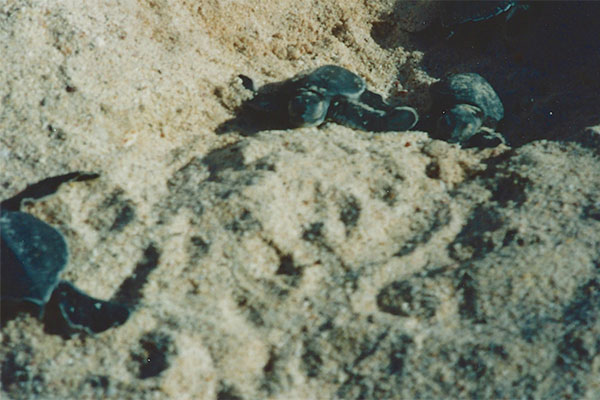
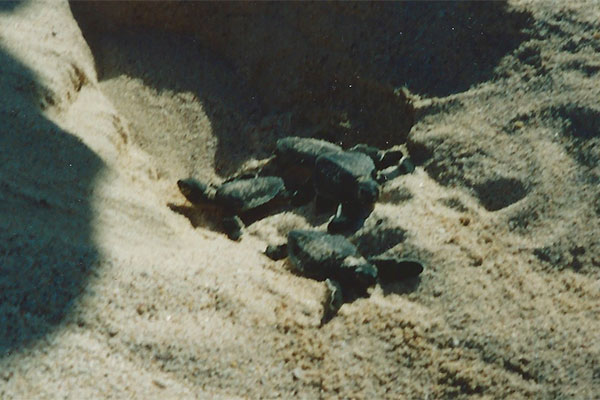
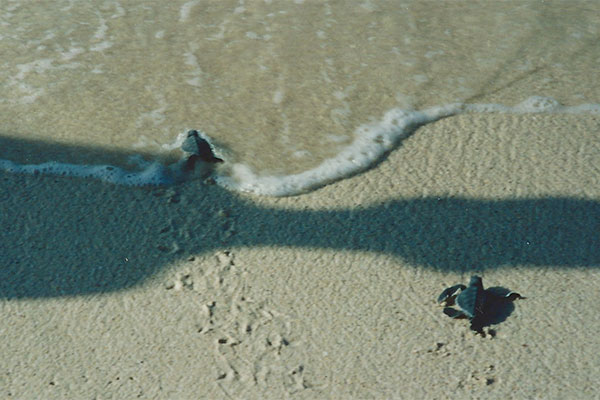
We were lucky to see some hatchling green sea turtles climbing out of their sandy nest and making their way to the sea. Too bad I didn't have a good camera.
The person's shadow over the baby turtles struggling for the safety of the ocean was not an intentional artistic effect.
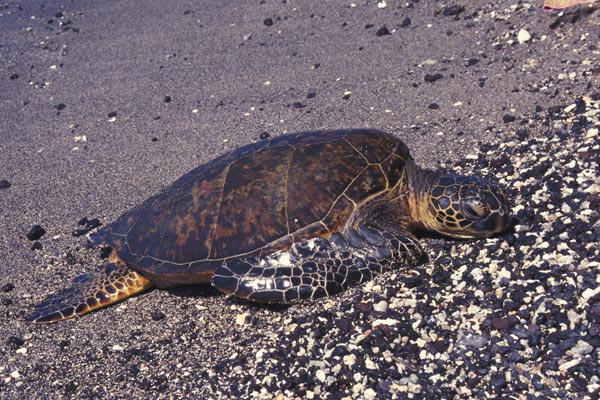
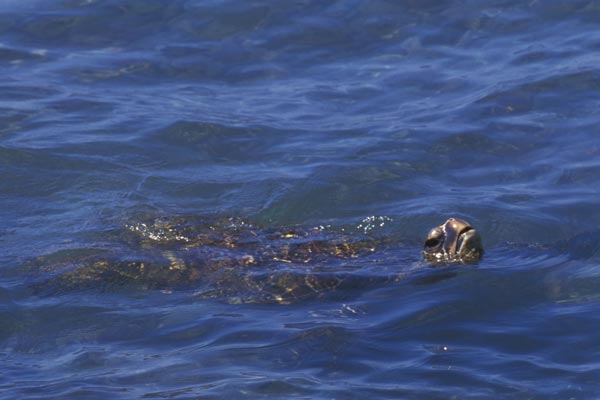
The beaches of the Big Island were swarming with green turtles during our visit; we saw them in at least five different locations in a 10-day trip. Most of them were in the shallow water, popping their heads up periodically to gulp a lungful of air, then drifting back down to chomp on the sea plants clinging to the lava on the ocean floor. But a few of them were hauled out on the beach, getting a well-deserved rest.
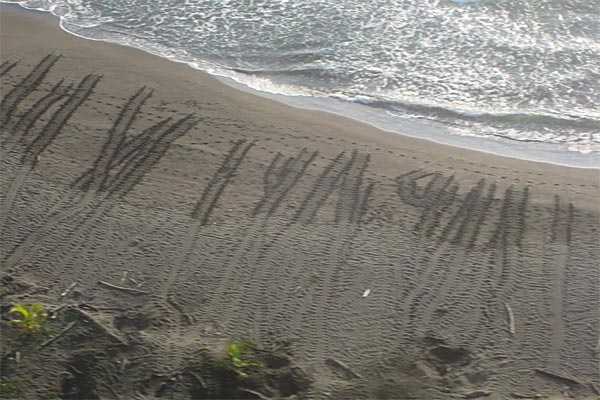
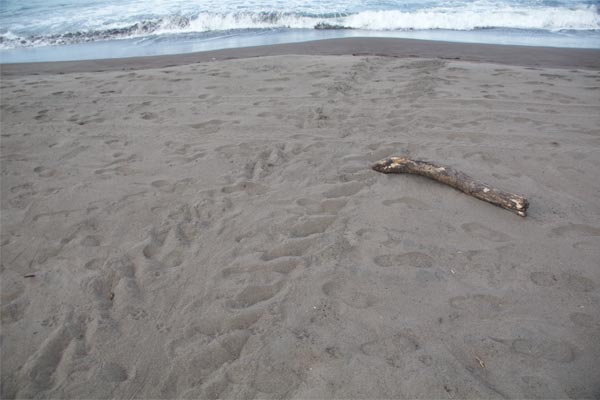
Our first destination on this trip was Tortuguero National Park, which was created primarily to protect 22 miles of sea turtle nesting beach. We flew in a small plane from San José to the Tortuguero landing strip, and as we got near we flew above the turtle beach and could see an impressive density of tracks. That afternoon we walked along the northern edge of the fabled beach and saw a few of the previous evening's tracks up close.
After dark we were guided to the beach, where we had a carefully monitored two-hour opportunity to see turtles engage in their nesting behavior. We ended up not seeing any egg-laying, but we did see two turtles haul themselves back into the water, and a third lug itself directly towards us until it actually brushed against my leg before turning around and returning to its watery home.
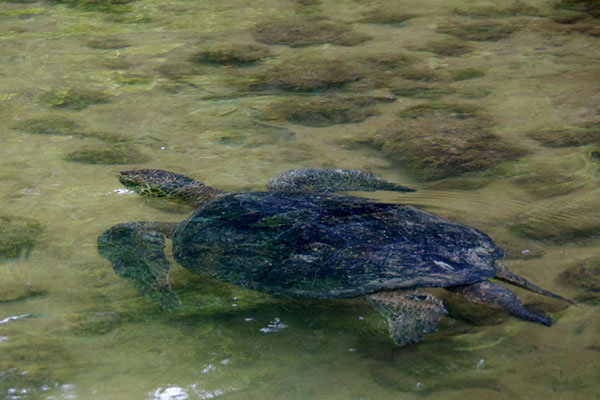
On our last morning in the Galápagos, we hopped aboard our inflatable panga and toured the waters of Black Turtle Cove, looking for baby Blacktip Sharks, Spotted Eagle Rays, and various birds, in addition to the Chelonia mydas for which the cove was named. We saw a number of turtles, but mostly only for an instant or two as they would pop to the surface to steal gulps of air. This one was more cooperative, drifting right past our panga in a particularly shallow section of the cove.
Printed references:
- Bartlett, R. D., Bartlett, P. B. 1999. A Field Guide to Florida Reptiles and Amphibians
- Behler, J. L., King, F. W. 1979. The Audubon Society Field Guide to North American Reptiles & Amphibians
- Carmichael, P., Williams, W. 1991. Florida's Fabulous Reptiles & Amphibians
- Crother, B. I. (ed.) 2017. Scientific and Standard English Names of Amphibians and Reptiles of North America North of Mexico, with Comments Regarding Confidence in Our Understanding, Eighth Edition
- Ernst, C. H., Barbour, R. W. 1989. Turtles of the World
- Mckeown, S. 1996. A Field Guide to Reptiles and Amphibians in the Hawaiian Islands